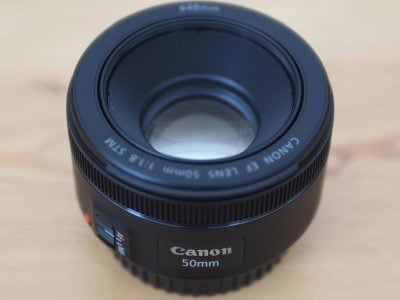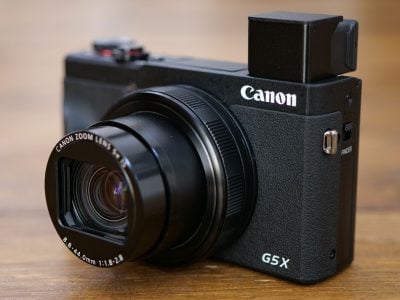Panasonic Lumix DMC-GX1
-
-
Written by Gordon Laing
Quality
Panasonic GX1 vs Olympus E-P3 vs Sony NEX 5N image quality
|
Panasonic GX1 |
Sony NEX 5N |
Olympus E-P3 | ||
 |  |  | ||
f5.6, 160 ISO |
f5.6, 100 ISO |
f5.6, 200 ISO | ||
 |  |  | ||
f5.6, 160 ISO |
f5.6, 100 ISO |
f5.6, 200 ISO | ||
 |  | 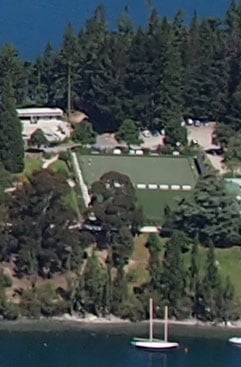 | ||
f5.6, 160 ISO |
f5.6, 100 ISO |
f5.6, 200 ISO | ||
 | 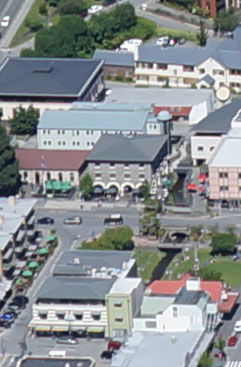 |  | ||
f5.6, 160 ISO |
f5.6, 100 ISO |
f5.6, 200 ISO |
Panasonic GX1 RAW vs JPEG
|
Panasonic GX1 (JPEG using in-camera defaults) |
Panasonic GX1 (RAW processed with SilkyPix and Unsharp Mask at 100 and Levels tweak) | |
 |  | |
f5.6, 100 ISO |
f5.6, 100 ISO | |
 |  | |
f5.6, 100 ISO |
f5.6, 100 ISO | |
 | 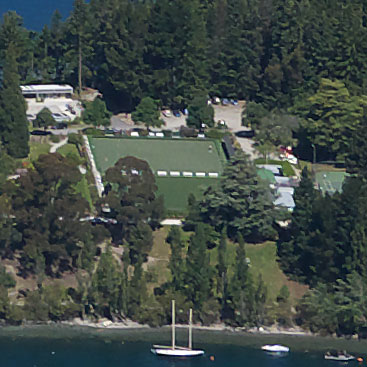 | |
f5.6, 100 ISO |
f5.6, 100 ISO | |
 | 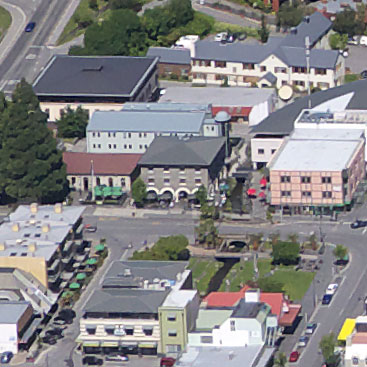 | |
f5.6, 100 ISO |
f5.6, 100 ISO |
Panasonic GX1 vs Sony NEX 5N vs Nikon V1 Noise
On this page you’re again comparing cameras with different aspect ratios: the Panasonic GX1 employs the Micro Four Thirds standard with a squarish aspect ratio of 4:3, while the Nikon V1 and Sony NEX-5N deliver slightly wider 3:2 shaped images. Where aspect ratios differ, I always match the vertical field of view in comparisons, which may penalise models with wider ratios, but is standard practice in camera and lens testing. As such on this page, I’m only effectively comparing 4:3 crops from the middle of the Nikon V1 and Sony 5N images and am ignoring thin strips on either side. This means the V1 and 5N are effectively operating like 8 and 14.2 Megapixel cameras in this test, compared to 16 for the GX1. Starting at the top, the three cameras set to their base sensitivities deliver detailed and noise-free images as you’d hope. As you saw on the previous page, the Sony NEX-5N delivers slightly punchier-looking images than the Panasonic GX1, and that’s apparent here with greater colour saturation and slightly crisper edges. But in terms of real-life detail, the 5N and GX1 are very close here. Meanwhile the Nikon V1 with its smaller and lower resolution sensor may show a larger area in the crop, but one which still contains a decent degree of detail. In some respects it’s impressively close to the higher resolution models, but you don’t have to look too far to find areas which lack the detail, such as in the flowerpot. With the sensitivity increased to 200 ISO, there’s no compromise on detail from any of the three cameras, although pixel-peepers may notice the finest evidence of noise textures creeping into the V1 and GX1 images while the 5N remains completely clean. At 400 ISO the NEX-5N is still noise-free and packed with detail and there’s only a very minor increase in noise on the GX1. We’re really talking pixel-peeping here. Technically the 5N is cleaner, but up to 400 ISO these two are essentially neck in neck. The Nikon V1’s image is also similar to the one previously with only very subtle deterioration in noise levels. Again it’s not as detailed or vibrant as the other two models here, but it’s still not bad. With the sensitivity at 800 ISO, the NEX-5N continues to deliver a very clean image and one which looks remarkably similar to the first one in the sequence here. The Panasonic GX1 is also looking good, although the quality has dropped a tad from 400 ISO with softer details and slightly higher noise. It’s nothing to be concerned about and still a great result at 800 ISO, but this is definitely the point where it and the 5N begin to diverge. Nikon has also started to increase the noise reduction on the V1 at 800 ISO, but thankfully there’s not much compromise in detail compared to 400 ISO At 1600 ISO, the Nikon V1 and Panasonic GX1 are gradually deteriorating with greater noise and processing artefacts along with reduced saturation. AGain it’s only a subtle drop from the previous sensitivity, but it’s visible none-the-less, especially next to the Sony NEX-5N, which is still hardly showing any impact of the higher sensitivity. At 3200 ISO both the Nikon v1 and Panasonic GX1 are beginning to suffer quite visibly, with lots more noise and softened details. In isolation, the GX1 image actually looks pretty good for 3200 ISO, but it’s no contest for the Sony 5N now. Likewise at 6400 ISOwhere the Nikon V1 image bows out with some undesirable artefacts and the GX1 is becoming overrun with noise. AT last the NEX-5N is also beginning to visibly suffer now, but remains in the lead. The Nikon V1 has no 12,800 ISO option, and perhaps the GX1 shouldn’t either. The NEX 5N ain’t looking pretty either, but again is the best of the two. The GX1 bows out at this point, leaving the 5N to bravely offer a 25600 ISO option, which while not looking great, is still as good as the GX1 at 6400 ISO. Unusually neither the Nikon V1 or Panasonic GX1 offer any kind of composite noise reduction modes. Sony however has its Handheld Twilight mode which stacks a burst of images to reduce noise. The ISO is set automatically in Handheld Twilight mode and here selected 800 ISO. Since the single exposure 800 ISO image from the 5N was already pretty clean though, there’s no real benefit from Handheld Twilight in this example. But at higher ISOs it can effectively reduce noise without smearing out fine detail. It’s a useful string in the 5N’s bow, although I’d ultimately prefer the NEX-5N to share the multi-frame NR options of the SLT models, which act like Handheld Twilight, but let you choose the sensitivity yourself. Ultimately this page confirms what most of us already knew: that a sensor with a larger surface area still enjoys an advantage in sensitivity and therefore noise levels. Modern sensor technologies can certainly improve matters, but there’s still no arguing with sheer real-estate. As such it’s no surprise to find the Sony NEX 5N with its large APS-C sensor performing best of all here, but even that doesn’t diminish how impressively clean it looks up to 1600 ISO. Meanwhile the Panasonic GX1, like the G3 before it, delivers some of the best results I’ve seen from the slightly smaller Micro Four Thirds format. It keeps up with the NEX-5N up to 400 ISO, looks very similar at 800 ISO and only begins to really diverge at 1600 ISO. As for the Nikon V1, its smaller CX format sensor was never going to compete with the bigger boys at higher sensitivities, but at 100-400 ISO it delivers good results and the 800 ISO sample is very usable. It’s only at 1600 ISO and above, or when compared directly against models with bigger sensors that it struggles. So in terms of image quality at high sensitivities, the Sony NEX 5N wins this particular battle, and if this is paramount to you then it’s a tough ILC to beat. But the other models have other tricks up their sleeves which might make them better for you overall, such as the control of the GX1 or the speed of the V1, not to mention the smaller lenses available for both of them. As always, it’s important to weigh up all the factors, but again if you want an ILC with the best quality at high ISOs, the NEX 5N is the one for you. Check out more photos in my Panasonic GX1 sample images gallery. Alternatively skip to the chase and head over to my verdict!
|


























